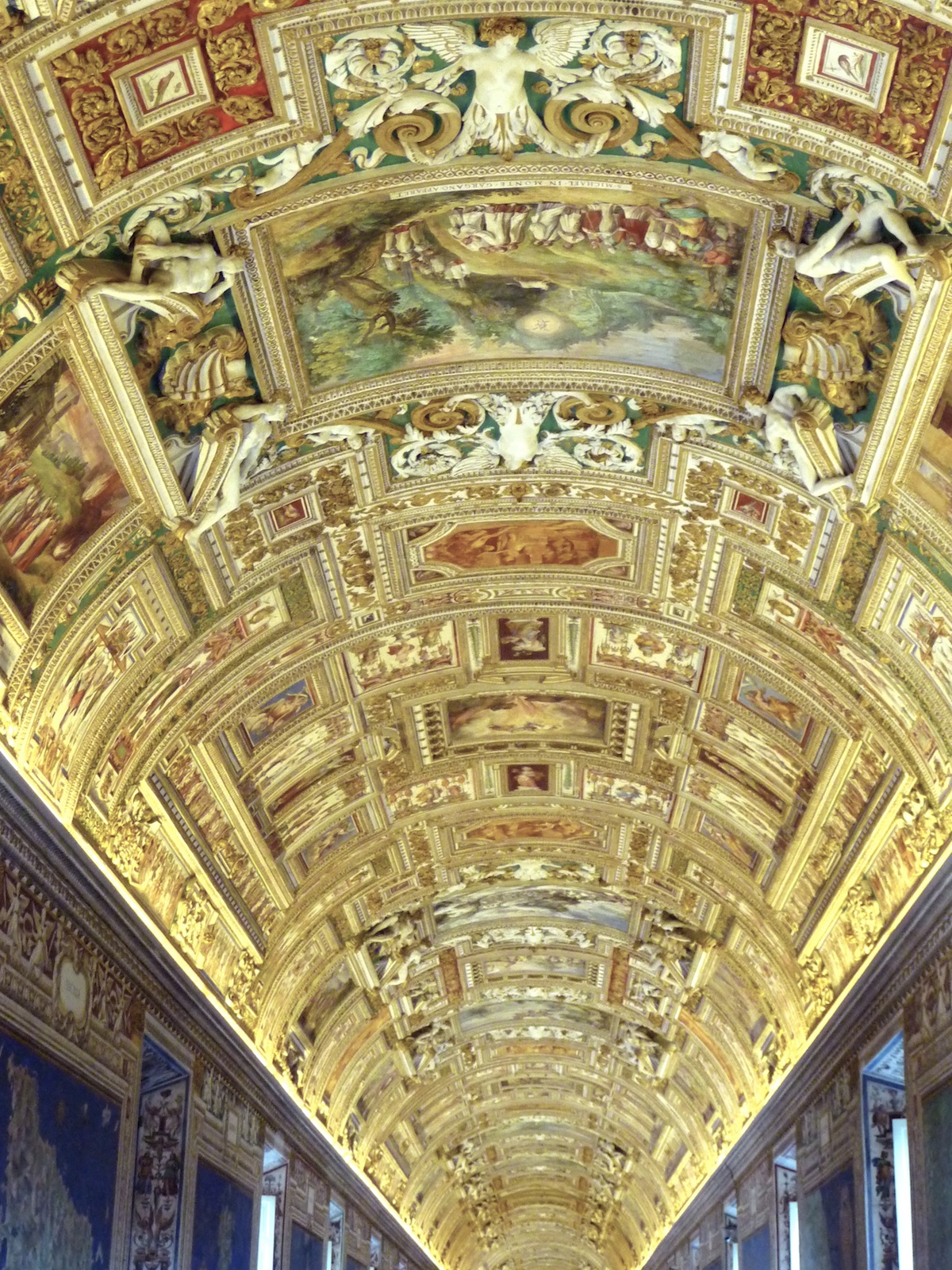
Fast Art
The pointlessness of so much
|
Art Chicago is an orgy of fast art. Scores of galleries haul out scads of work so visitors can plow up and down endless aisles burdened with art regressing toward the mean. The work, mostly by living artists, is mostly a blur. Occasionally something lends a booth enough gravity to slow you down, more often than not modernist paintings that you'll never see in a museum since they're privately owned (and not necessarily museum-quality pieces even if they're museum-quality artists). This year the highlights for me were Chicago Imagist pieces of relatively recent vintage - works by Karl Wirsum, Gladys Nillson, Ed Paschke, Roger Brown and others across a smattering of local galleries. No one intends for the show's message, year after year, to be "old is better," but it's hard to avoid that conclusion. The massive weight of art history works against the creation of new art with a particular enough point to compel anyone's attention. The art that has already made it through decades and centuries of filtering to reach our attention covers so much territory so brilliantly that there seems just not that much to add. But people keep cranking it out. Why? 1. Some people make art because they want to be artists. The motivation is thoroughly understandable, but it's painful how badly people with no exceptional talent want to be artists. 2. Some people make art merely for the pleasure of making it. This is fair, and there is something admirable about not caring whether anyone else cares. But if it provides the artist a point for making the work, that's no assurance there's a point for anyone else. People working for either of these reasons may add something of value to the vast pile of great art that already exists -- but not likely often enough to justify the economic superstructure built around the production of new art. The large-scale art market exists not because of the quality of its mostly overpriced product but because there is an economic incentive to drag the art-loving public into complicity with the spurious proposition that great and serious work continues to flood into the world. 3. Some people make art to make a point, be it cultural, social, political, art historical, personal or any number of other things. Having a real point, whatever the point, gives work distinction. But even so, it's hard to distinguish something that has to join the thousands upon thousands of points that crowd up from the centuries of creative points that came before. The issue isn't the artists' talent but their tragic redundancy. No matter how much great talent, passion, ideas, ambition or caring they possess, the stuff they make is mostly just not really needed by anyone else. When wide travel was rare and the primitive means of published reproduction only provided a shadow of the original art, almost any talented local master could make efforts that had intrinsic value within their community. Today, producing something that is worth another's time to slow down and appreciate is not impossible, but its rarity is part of what makes events like Art Chicago so arduous to visit. |
 Centuries of art-historical splendor, emphatically visible in the endless halls of the Vatican Museum, are the enemy of relevance in contemporary art. |
The Latest Stuff | Roadside art | Outsider pages | The idea barn | About | Home
Copyright Interesting Ideas 2011